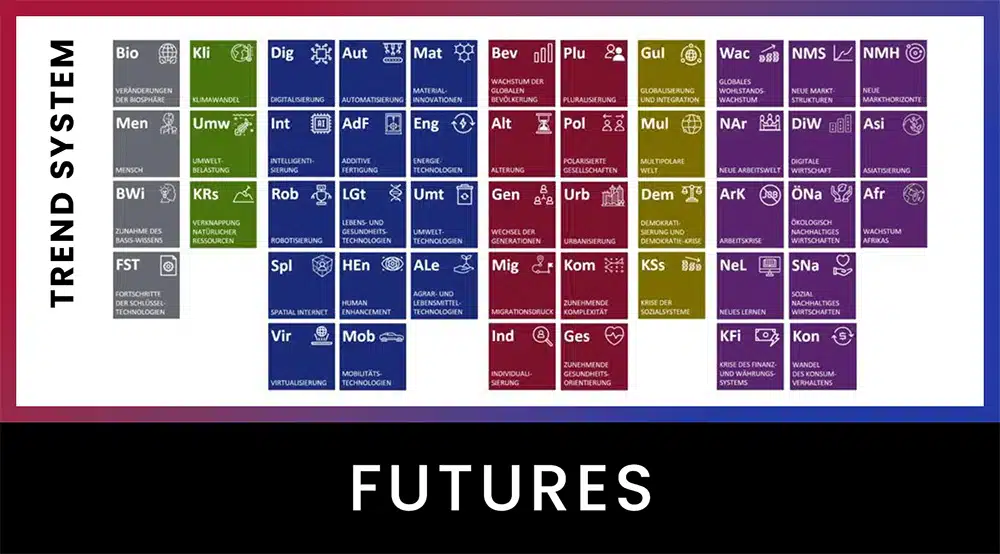No one can say exactly how fast electromobility will come. However, the forecasts for a faster introduction of electric cars have been repeatedly revised upwards in recent years. All major automakers have announced plans to significantly expand their range of e-models over the next few years. At the same time, new players like Tesla and Dyson are entering the market and challenging the established manufacturers. Emerging markets such as China and India are taking an aggressive approach to electrification. Here, too, new competitors are emerging. Suppliers must be prepared for losses of up to one third for their established components.
According to studies, 125 million connected vehicles will be sold worldwide between 2018 and 2022 – an increase of 270 percent. By 2025, all new cars are likely to be networked and the demand for digital services is therefore expected to grow strongly.
For younger people in particular, if they decide to buy a car at all, status considerations or the mileage of the car are playing an increasingly minor role – in contrast to digital services. Access to data from connected vehicles is an important prerequisite for offsetting revenue losses in the hardware segment with innovative services and new business models. It is still completely unclear who will have sovereignty over vehicle and user data, which makes close cooperation with all players in the automotive sector all the more important. Networking, i.e. the ‘connectivity’ of the car to domains in other industries (e-commerce, smart home, e-charging infrastructure, etc.), is also forcing suppliers to network.
Those who do not participate in the digital platform economy cannot realize any new value creation potential.
Connecting the car is also a prerequisite for autonomous driving. In all likelihood, autonomous vehicles will give rise to mobility-as-a-service models in the long term, meaning that significantly fewer cars will be sold as mobility is increasingly used as a service. Suppliers must expand their competencies accordingly, especially in software development. Cooperations with IT companies and digital start-ups are gaining in importance. At the same time, automotive suppliers are selectively expanding their product portfolios in the direction of new business areas through M&A.
The automobile radically different – overview
However, electromobility, connectivity, and autonomous driving will not only lead to shifts in value creation in the direction of software and services, but also in the area of hardware: For example, the market for batteries, sensors, and electric drive modules will grow very strongly. Lightweight materials and intelligent surfaces will play a major role in the car body area, while displays, human-machine interfaces and new textiles will play a major role in the interior. Because autonomous vehicles are used differently, interior design must be rethought. The driver becomes a passenger and expects a different utility value from the vehicle interior.
The change outlined above is forcing suppliers to invest in both old and new technologies at the same time.
This article is an excerpt from the current Market Foresight Roadmap to Disaster? Surviving Disruption! Vision candidates for automotive suppliers in a radically changing market. This can be downloaded here free of charge.






























